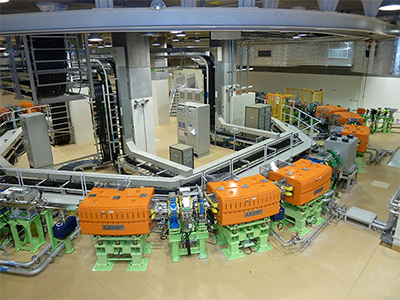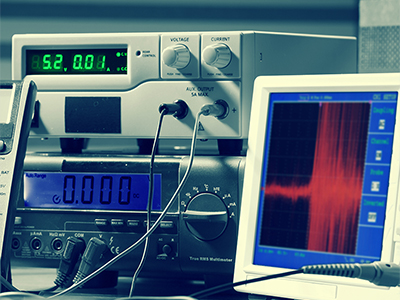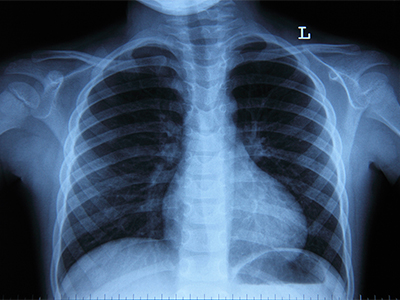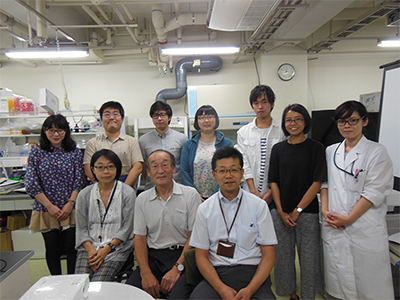 Astronauts need long periods of stay, approximately six months to a year, in the International Space Station (ISS) to expand the scope of outboard activities. Some manned space missions are scheduled in the near future, such as the exploration of the Moon and Mars. Radiation represents a significant hazard in all space explorations, particularly outside the protective shield of the Earth's atmosphere and magnetic field. While inside the ISS, the astronauts are in a free-fall condition, whereas on the Moon and Mars, the gravity is 1/6 and 1/3 of the Earth's gravity, respectively. Many aspects of the biological impact of the combination of the lower gravity and space radiation remain unclear.
Astronauts need long periods of stay, approximately six months to a year, in the International Space Station (ISS) to expand the scope of outboard activities. Some manned space missions are scheduled in the near future, such as the exploration of the Moon and Mars. Radiation represents a significant hazard in all space explorations, particularly outside the protective shield of the Earth's atmosphere and magnetic field. While inside the ISS, the astronauts are in a free-fall condition, whereas on the Moon and Mars, the gravity is 1/6 and 1/3 of the Earth's gravity, respectively. Many aspects of the biological impact of the combination of the lower gravity and space radiation remain unclear.
A new device was developed to study the combined effects of microgravity and radiation (X-ray and heavy-ions) and is therefore expected to significantly contribute to space radiation research.






 A heavy-ion treatment system generates a high-energy carbon-ion beam using an accelerator complex and irradiates it only to the tumor in the patient's body through the irradiation devices. The accelerator complex consists of three parts:
A heavy-ion treatment system generates a high-energy carbon-ion beam using an accelerator complex and irradiates it only to the tumor in the patient's body through the irradiation devices. The accelerator complex consists of three parts: The biological effect of heavy-ion beams is higher than that of X-rays and proton beams, and it intricately varies in the body. In order to evaluate more detailed biological effects quantitatively, we are developing a radiation detector to measure the “radiation quality” in addition to the physical dose. We are also working on establishing an online beam monitoring system for the verification of the irradiation field. Moreover, projects based on three-dimensional dose measurement are in progress, which will improve the efficiency of clinical practice. New knowledge obtained through research and development of these measurement techniques will contribute to the sophistication of the heavy-ion radiotherapy.
The biological effect of heavy-ion beams is higher than that of X-rays and proton beams, and it intricately varies in the body. In order to evaluate more detailed biological effects quantitatively, we are developing a radiation detector to measure the “radiation quality” in addition to the physical dose. We are also working on establishing an online beam monitoring system for the verification of the irradiation field. Moreover, projects based on three-dimensional dose measurement are in progress, which will improve the efficiency of clinical practice. New knowledge obtained through research and development of these measurement techniques will contribute to the sophistication of the heavy-ion radiotherapy. To realize a safer and more accurate treatment at Gunma University, we are studying new methods of treatment planning, patient positioning, and irradiation techniques.
To realize a safer and more accurate treatment at Gunma University, we are studying new methods of treatment planning, patient positioning, and irradiation techniques. We are working on three major areas of radiation biology research that contribute to effective heavy-ion radiotherapy.
We are working on three major areas of radiation biology research that contribute to effective heavy-ion radiotherapy.